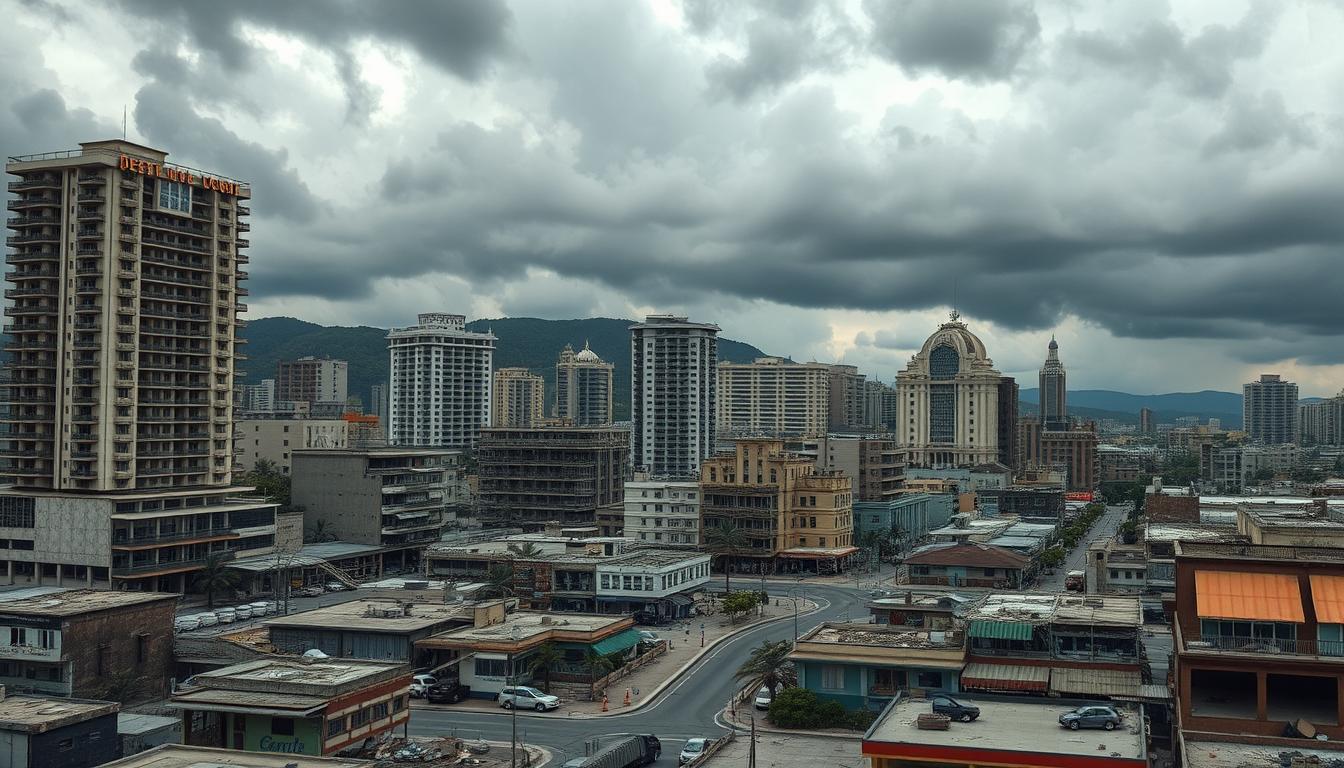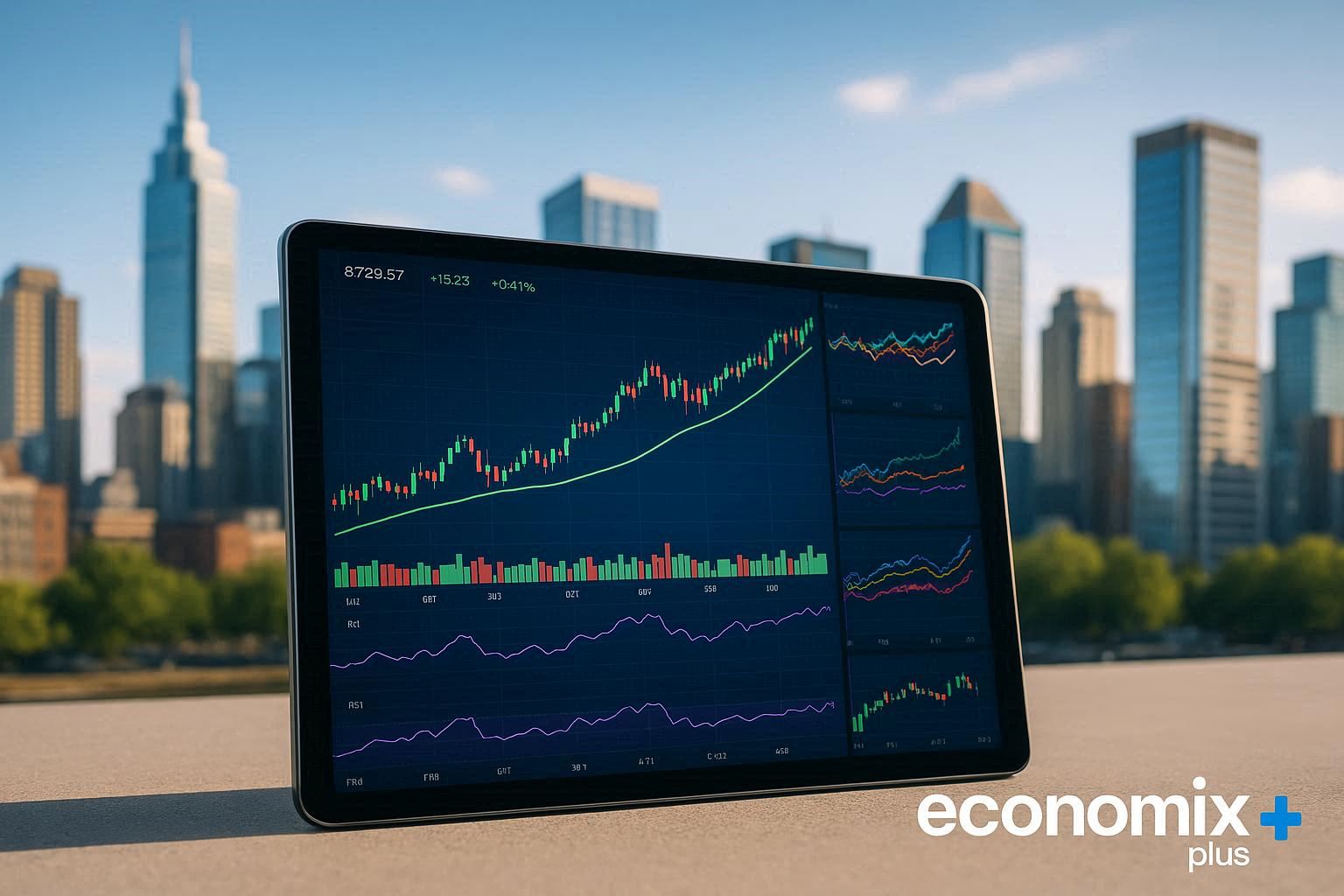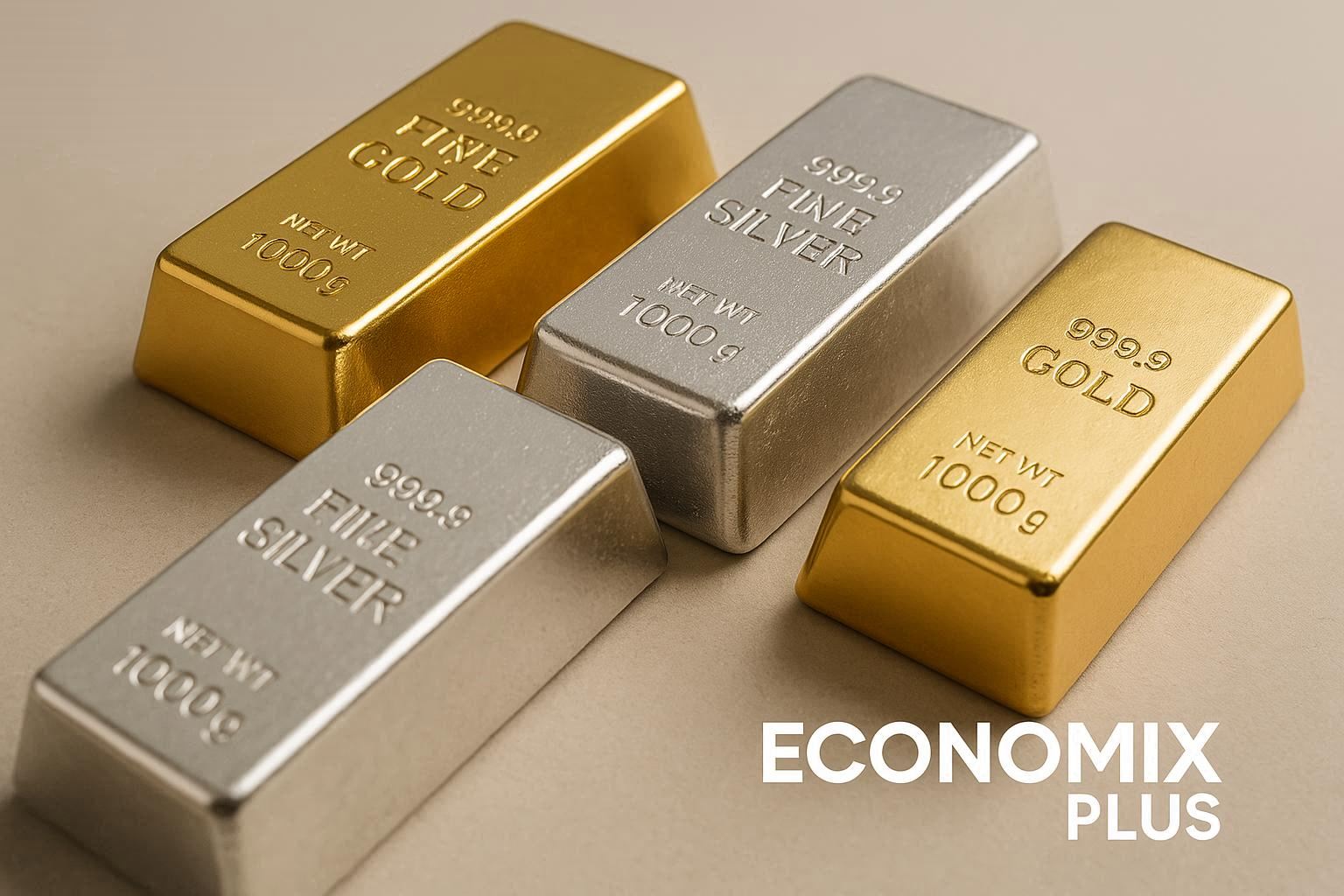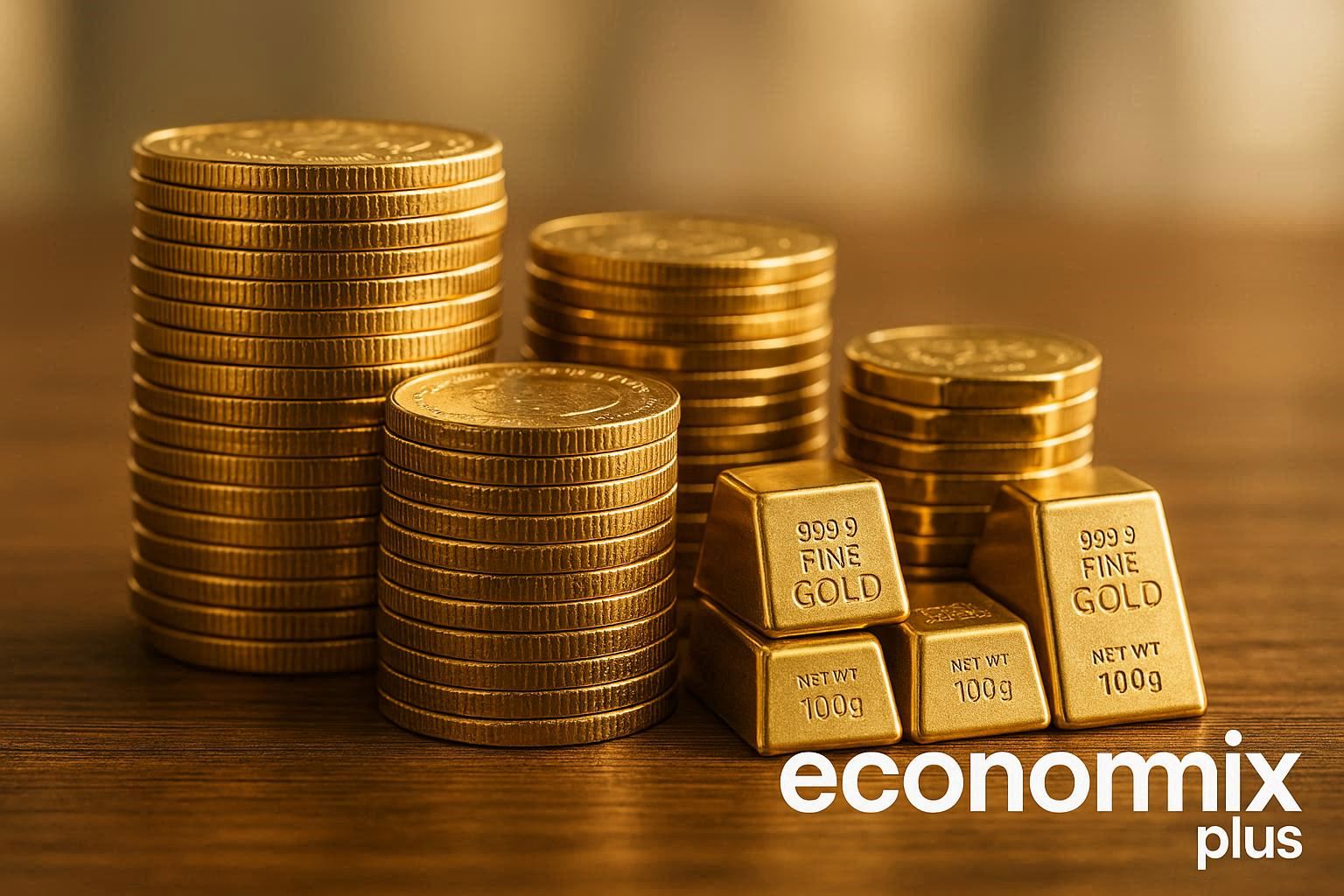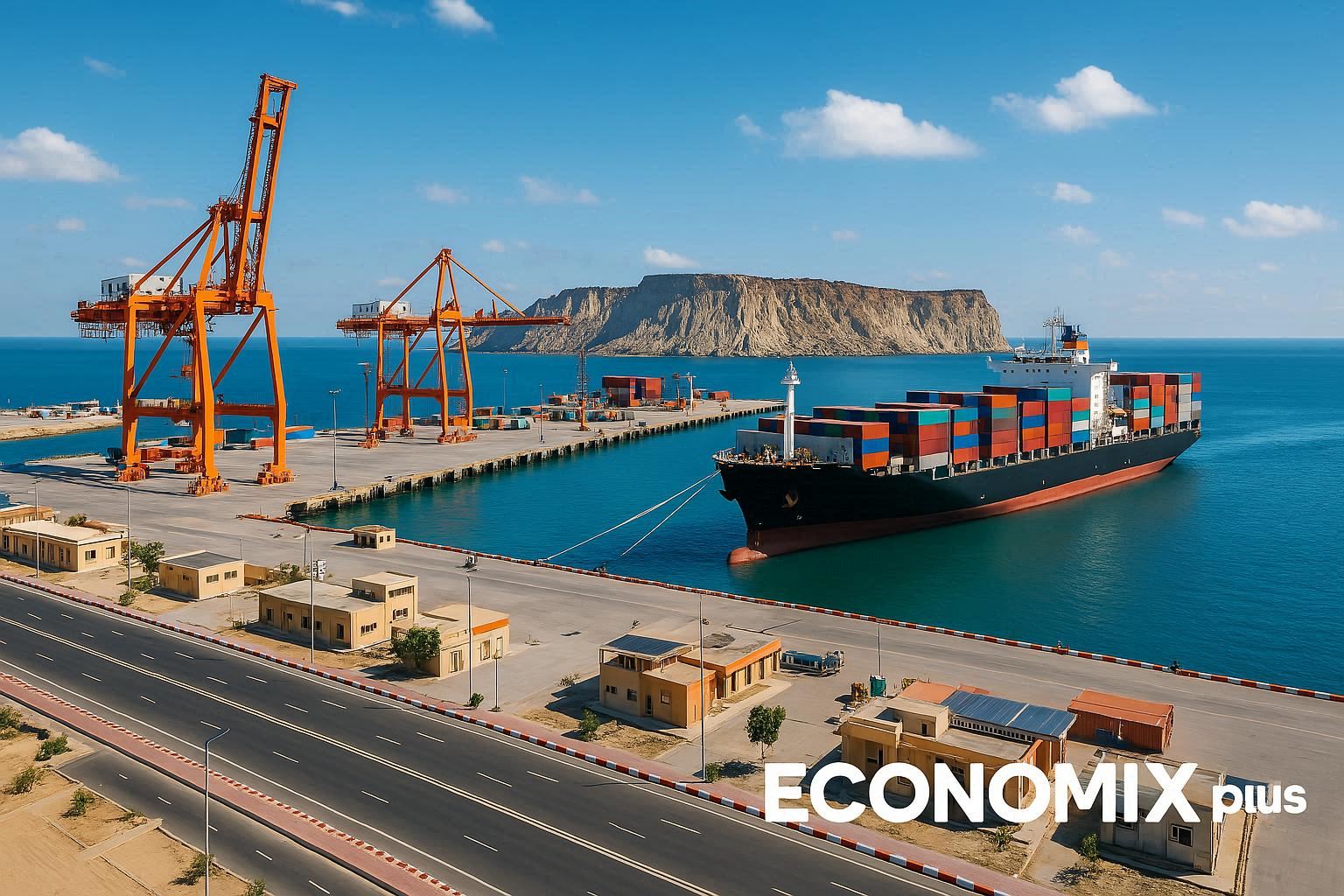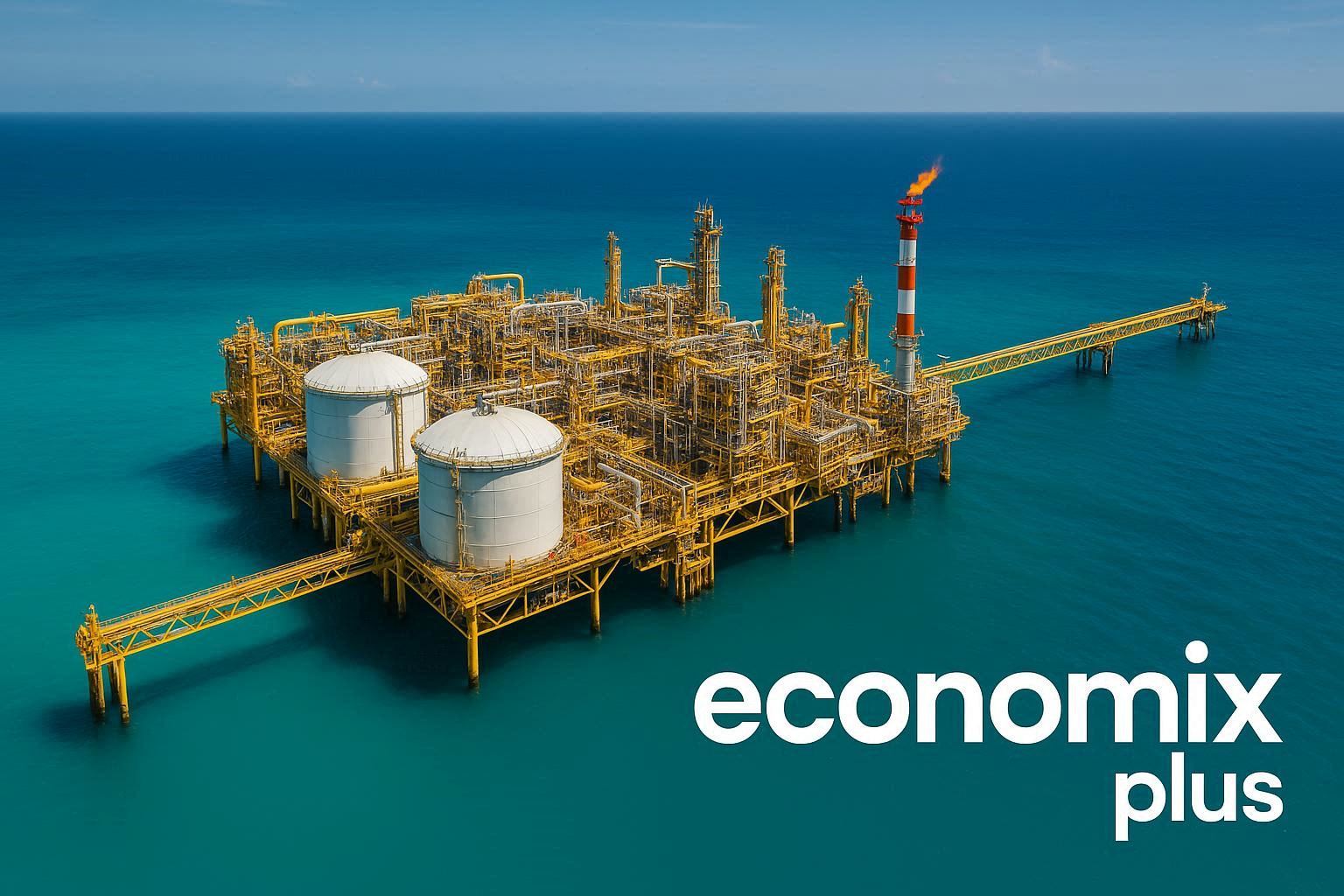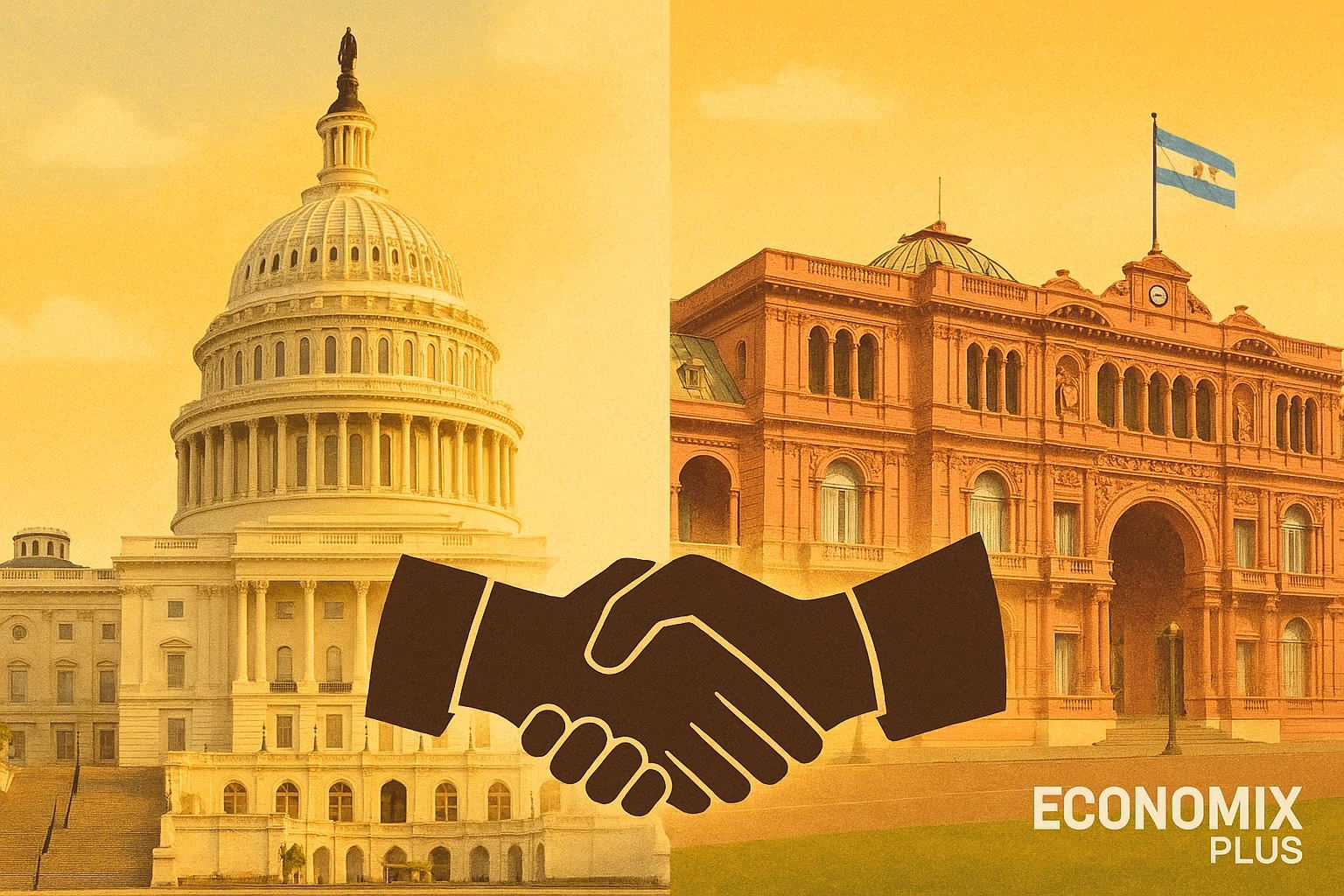Modern sports exist at the crossroads of money, politics, and global influence. When conflicts arise, sanctions can send shockwaves through stadiums and balance sheets alike. The ripple effects extend far beyond the field, altering revenue streams and investment patterns worldwide.
Recent events highlight the scale of disruption. Over 260 Ukrainian athletes lost their lives, while 363 sports facilities were destroyed—a stark reminder of war’s human and structural toll. Meanwhile, the 2014 FIFA World Cup generated $4.8 billion, proving how lucrative mega-events remain despite geopolitical tensions.
Globalization creates both opportunities and vulnerabilities. Middle Eastern investments surge as European partnerships fracture. Sponsors flee overnight, leaving clubs scrambling. This new reality forces teams and nations to rethink their playbooks for financial survival.
Key Takeaways
- Modern sports economics intertwine with geopolitical forces
- War casualties include athletes and infrastructure
- Mega-events like World Cups drive massive revenues
- Sanctions create unpredictable financial consequences
- Investment patterns shift rapidly during conflicts
Understanding Sports Sanctions in a Globalized Economy
Global conflicts increasingly spill onto playing fields, reshaping competitive landscapes overnight. These measures—collectively termed sports sanctions—range from athlete exclusions to frozen sponsorships. Their implementation follows a three-tier framework:
- Athlete bans: Individual competitors barred from events
- Event cancellations: Hosting rights revoked mid-cycle
- Sponsorship freezes: Corporate partners exit contracts abruptly
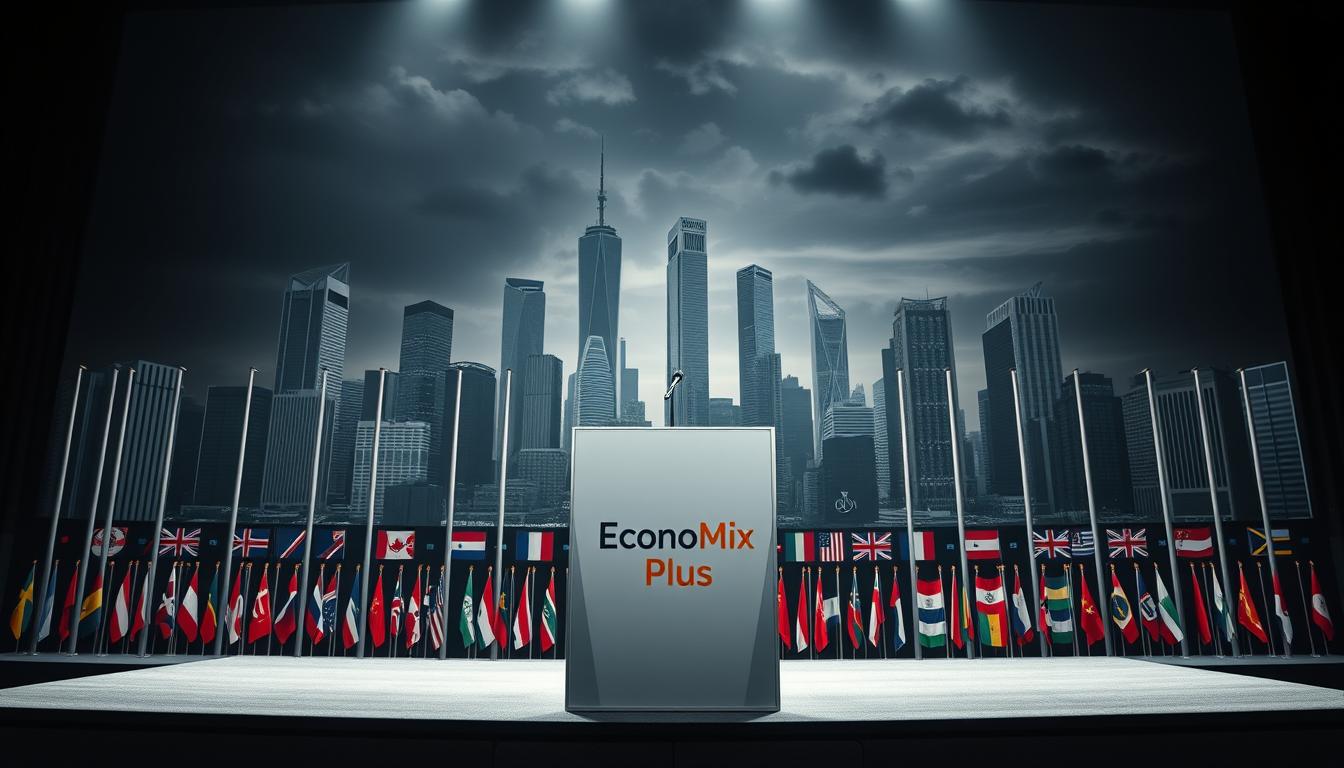
Modern Sanctions vs. Historical Precedents
The 2022 Ukraine invasion marked a turning point. Within 72 hours, FIFA and UEFA expelled Russian teams—a move unmatched in speed since apartheid-era South Africa’s isolation. The IOC followed, banning athletes despite prior allowances for “neutral” participation.
Governance Power Structure
Key international governing bodies enforce these measures hierarchically:
- Global: FIFA (football), IOC (Olympics)
- Continental: UEFA (Europe), AFC (Asia)
- National: FA (England), USSF (United States)
SCR Risk Intelligence’s conflict mapping now guides event planning, highlighting how geopolitical landscape shifts alter venue safety ratings. Legal frameworks remain patchwork, with enforcement gaps between jurisdictions.
The Financial Repercussions of Geopolitical Sanctions
When political tensions escalate, financial tremors ripple through stadiums and boardrooms. The 2022 Ukraine conflict triggered unprecedented measures, reshaping revenue streams overnight. Clubs and sponsors faced hard choices as governing bodies enforced swift penalties.
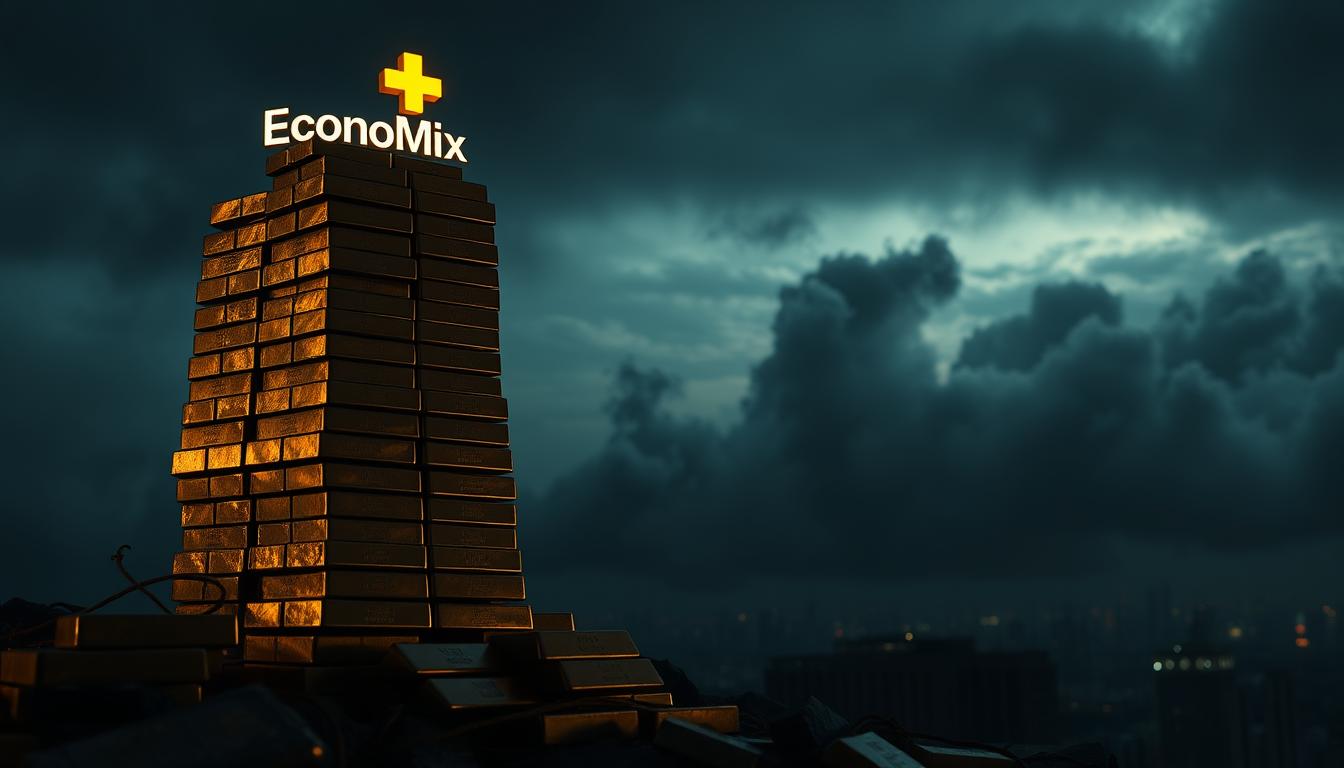
Russian Teams Face Immediate Exclusion
FIFA and UEFA banned 12 Russian clubs from European competitions within days. This marked the harshest penalty since apartheid-era South Africa’s isolation. Key consequences included:
- €50M legal claim: Shakhtar Donetsk sued FIFA over player contract breaches
- Ruble instability: Euro-denominated deals collapsed as currency values fluctuated
- Emergency transfers: Loopholes allowed foreign players to exit Russian clubs
Sponsorship Withdrawals Reshape Partnerships
Corporate giants severed ties to mitigate reputational risks. Notable cases:
- Gazprom: Terminated €40M annual UEFA Champions League deal after nine years
- Aeroflot: Manchester United canceled £40M agreement immediately
Replacement sponsors proved scarce. Brands hesitated amid uncertainty, leaving revenue gaps.
Long-term effects emerged quickly. Russian clubs lost 60% of commercial income within six months. Broadcast rights evaporated as networks distanced themselves from sanctioned entities.
Club-Level Economic Disruptions
Financial turmoil strikes hardest at the club level when sanctions hit. Football clubs face cascading crises—from broken player contracts to hollowed-out revenue streams. The 2022 sanctions against Russian teams revealed how quickly stability unravels.
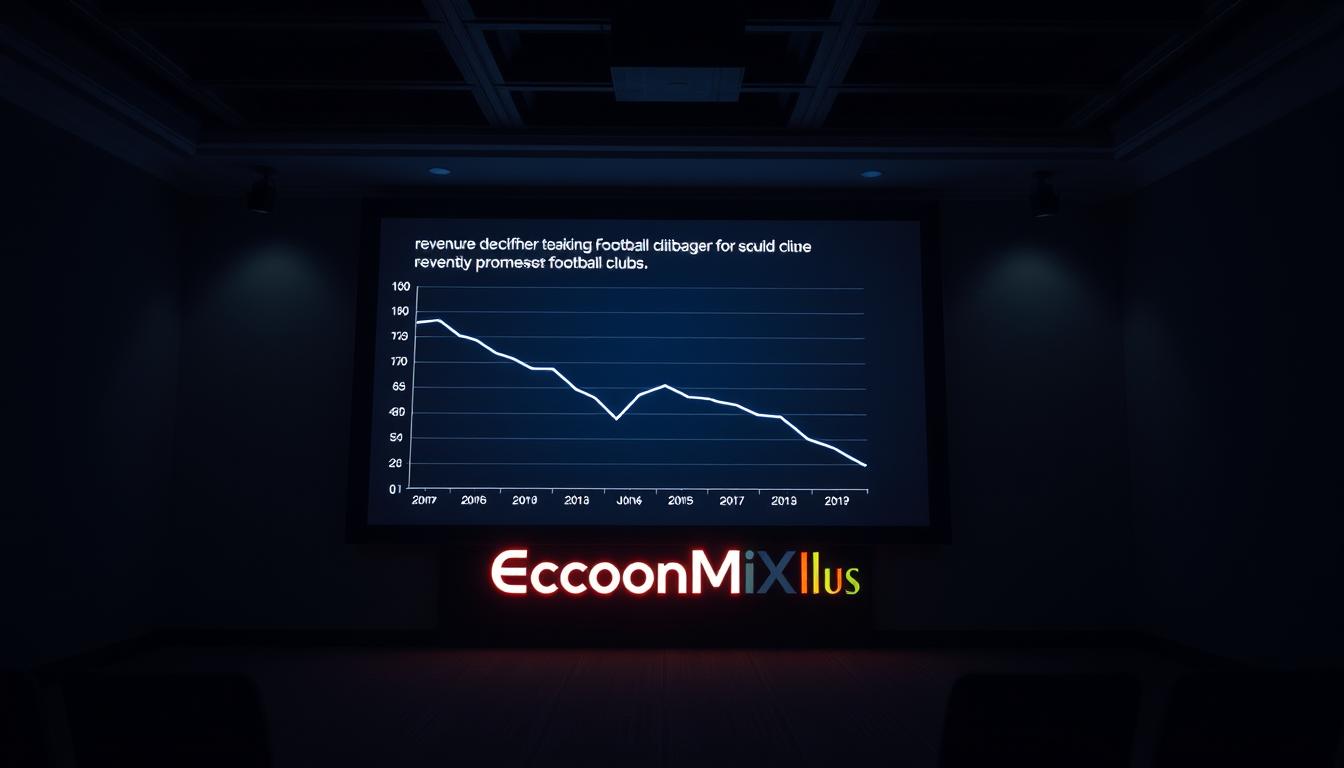
Contract Chaos and Emergency Transfers
Player contracts became unenforceable overnight. Over 500 athletes invoked FIFA’s emergency transfer clause, fleeing Russian leagues. Clubs faced a 73% wage default rate as rouble values crashed against euro-denominated salaries.
FIFA’s Article 14bis RSTP amendments allowed temporary loopholes. These let foreign players exit mid-season, gutting rosters. Black market transfers surged in restricted markets, bypassing normal protocols.
Mechanics of Revenue Loss
Zenit Saint Petersburg’s €83M decline showcased the domino effect. Merchandise sales dropped 62%, while broadcasters abandoned deals. Empty stadiums compounded losses, slicing matchday income.
Long-term brand damage followed. Social sentiment analysis showed fan trust eroding as teams struggled to pay bills. Leagues worldwide now hedge contracts against geopolitical risks.
National Economies and Sporting Isolation
Tourism-dependent regions suffer immediate shocks when global sports bodies impose bans. Hotel occupancy rates plummet as international visitors cancel trips. Local businesses from restaurants to transit providers lose expected revenue streams overnight.
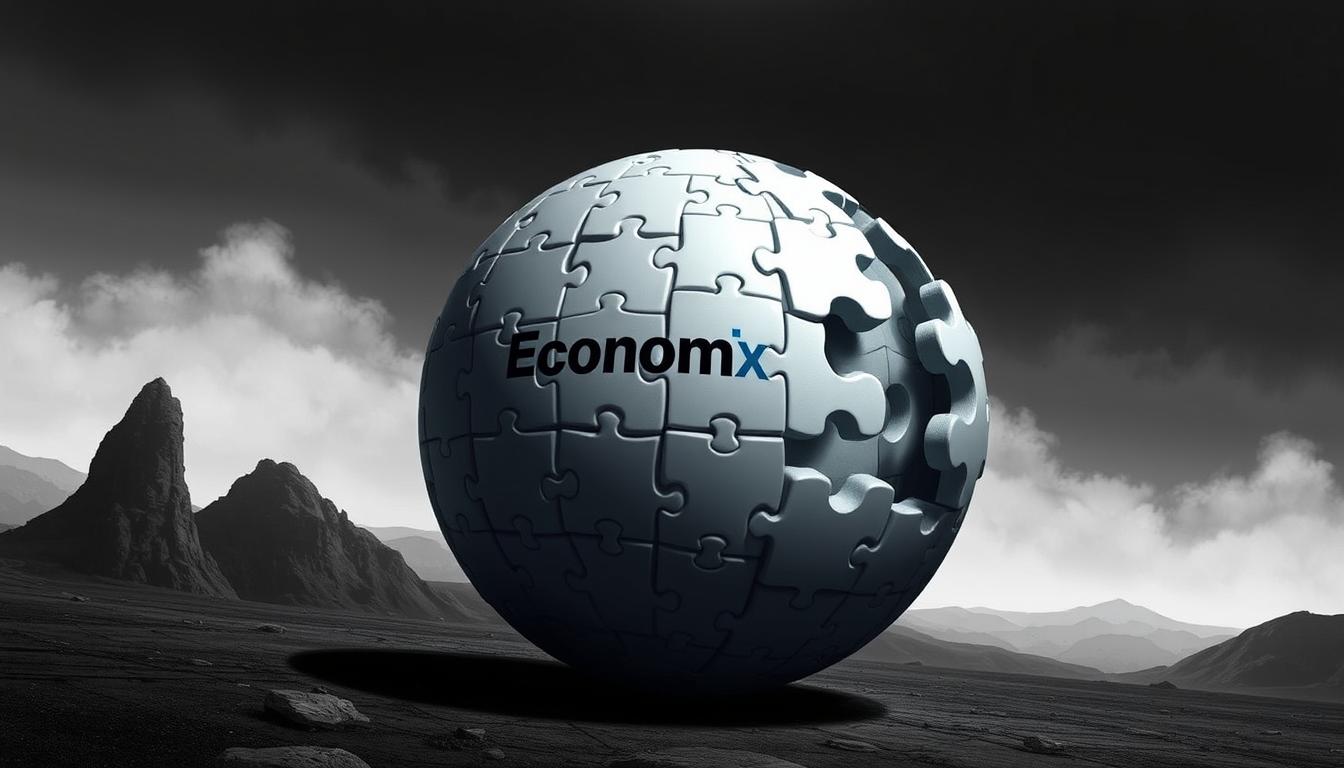
GDP Contractions From Canceled Events
Russia’s $3.1 billion loss from the Champions League final relocation shows how event cancellations ripple through host countries GDP. St. Petersburg’s hospitality sector collapsed with 600,000 unused hotel nights. Airlines refunded thousands of ticket packages within weeks.
Qatar experienced a 17% tourism drop during the 2022 World Cup despite massive investments. The disconnect between sports tourism projections and reality left many businesses struggling.
Ancillary Industry Devastation
Brazil’s post-2014 stadium maintenance crisis revealed hidden costs. The $15 billion infrastructure investment became a burden as venues sat empty. Equipment manufacturers laid off workers when orders vanished.
Middle Eastern nations recovered faster than European counterparts after sanctions. Their diversified economies absorbed shocks better than tourism-reliant destinations. This highlights regional disparities in economic growth resilience.
Cross-border merchandise taxes created additional complications. Retailers faced unexpected liabilities when shipping routes changed abruptly. These secondary effects often last longer than initial sanctions.
Infrastructure Costs of Sanctioned Nations
War-torn regions reveal the hidden price tags attached to sporting dreams. Bombs don’t just shatter stadiums—they obliterate years of investment and community pride. Ukraine’s 363 destroyed sports facilities exemplify this devastation, with the Donbas Arena alone requiring $6B to rebuild.
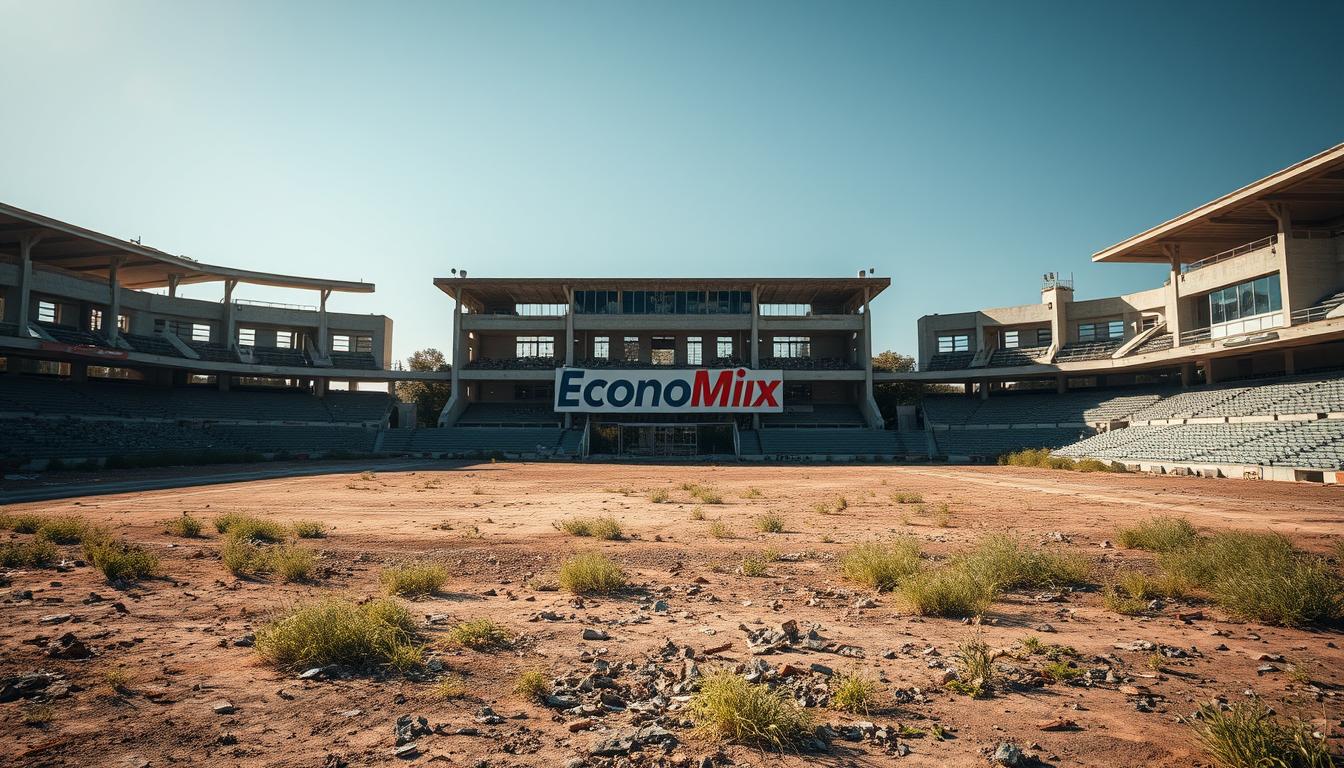
When Mega-Event Dreams Collide With Reality
Qatar’s World Cup plans shrank from 12 to 8 venues—a 33% reduction. This pivot saved billions but left blueprints gathering dust. *Sunk costs* haunted Russia’s 2014 Sochi Olympics, where the $51B budget sparked global scrutiny.
“Venues became white elephants overnight,” noted a FIFA audit team.
Funding Fallout and Shadow Markets
Public funds often bear the brunt. Mariupol Stadium’s ruins contrast sharply with Donbas Arena’s rebuild timeline. Meanwhile, conflict zones see construction materials traded illegally, bypassing sanctions. Abandoned venues also pose environmental hazards, leaking chemicals into groundwater.
- Private vs. public recovery: Corporate sponsors rarely return to sanctioned regions
- Repurposed arenas: Some host military operations, further eroding trust
- Stadium financing gaps force host countries to choose between pride and pragmatism
The Human Capital Dimension
Behind every jersey number lies a human story—some now marked by forced migration and career upheaval. While financial losses dominate headlines, the human cost of disrupted athletic dreams cuts deeper. Over 1,200 Ukrainian competitors relocated through emergency programs, their careers redirected by conflict.
Casualties and Career Interruptions
The war claimed 262 Ukrainian athletes, with youth academies in Donetsk losing 43% of coaching staff. For survivors, exile became the only path to continue competitions. The IOC’s refugee athlete program placed 87 sprinters and weightlifters across EU nations, yet many face visa hurdles.
Professional Networks Erode
Brain drain ravaged specialized sports professions. Russian sports medicine exports dropped 89%, leaving clinics understaffed. Scouting networks disintegrated as war redirected talent flows:
| Refugee Route | Athletes Relocated | Primary Challenges |
|---|---|---|
| EU Temporary Protection | 842 | Licensing reciprocity |
| Asian Leagues | 219 | Cultural adaptation |
| North America | 173 | Contract gaps |
UNESCO’s emergency education initiatives train displaced coaches, but certification barriers persist. A Ukrainian gymnastics coach in Poland noted:
“My credentials mean nothing here—I rebuild from scratch.”
Broadcasting Rights and Media Revenue Shifts
Media rights valuations face seismic shocks during international conflicts. The 2022 crisis triggered a $720M UEFA broadcasting rights reshuffle, with contracts rewritten overnight. Networks scrambled to fill programming gaps as Russian Premier League viewership plummeted 58%.
Reallocation Patterns During Sanctions
Champions League matches found new homes through emergency allocations:
- BT Sport absorbed 22% of displaced matches in UK markets
- ESPN+ added Thursday fixtures to streaming packages
- BeIN Sports negotiated last-minute MENA region expansions
Programmatic ad buying systems required urgent recalibration. A 33% CTR drop for ads featuring sanctioned nations forced real-time bidding algorithm adjustments. Brand safety tech investments surged 47% as sponsors demanded protection.
Viewership Impact on Advertising Markets
Audience demographics shifted unpredictably:
| Demographic | Change | Ad Rate Impact |
|---|---|---|
| 18-34 males | -12% | CPM drop $1.20 |
| 35-54 females | +8% | CPM rise $0.80 |
| 55+ all | +15% | CPM stable |
Subscription models proved more resilient than pay-per-view. OTT platforms invoked media revenue protection clauses, while pirate streaming sites saw 210% traffic spikes. Nielsen faced allegations of manipulated ratings during transitional periods.
“We rebuilt entire ad stacks in 72 hours,” confessed a DAZN executive anonymously.
The sports industry now treats viewership impact projections as fluid variables. Emergency clauses appear in 89% of new advertising markets contracts, reflecting hard-earned lessons from recent disruptions.
Sponsorship Markets in Times of Crisis
Corporate sponsorships face unprecedented volatility when geopolitical tensions flare. Brands now weigh brand risk against loyalty, with sponsorship markets reshuffling $1.4B in commitments during recent conflicts. Energy firms and consumer giants chart divergent paths, revealing stark sector vulnerabilities.
Brand Risk Assessment Models
ESG scoring now drives sponsor selection. Companies analyze:
- Social media sentiment (weighted 30% in crisis evaluations)
- B Corp certification as a trust signal
- Activation thresholds for emergency clauses
Gazprom’s abrupt sponsorship withdrawal from UEFA spotlighted energy industries’ rapid exit strategies. Conversely, 22% of consumer brands maintained ties, betting on long-term market access.
Sector-Specific Vulnerabilities
Responses vary sharply by industry:
| Industry | Exit Rate | Primary Concern |
|---|---|---|
| Energy | 89% | Reputation damage |
| Consumer Goods | 22% | Supply chain stability |
| Tech | 45% | Data security optics |
“Automotive brands hesitated 72 hours longer than tech firms—a costly delay in crisis PR.”
Secondary markets saw premiums spike 210% for uncontracted inventory. Leagues now mandate crisis clauses in 90% of deals, a 300% rise since 2020.
Comparative Analysis: Regional Economic Impacts
Regional economic resilience varies dramatically when sports sanctions take effect. Sovereign wealth buffers some nations, while others face spiraling debt. The divide between sovereign funds and foreign-dependent leagues reveals which markets stabilize fastest.
European Rigidity vs. Gulf Agility
GCC nations allocate 14% of sovereign funds to sports—twice the EU average. UAE’s MICE strategy pivots venues to conferences during bans. Meanwhile, EU regulatory hurdles delay emergency funding. Saudi Arabia’s $1B transfer spree showcases liquidity absent in UEFA’s austerity model.
Developing Nations’ Fragile Foundations
CAF leagues rely on 63% European broadcast revenue. Sanctions trigger immediate payroll crises. BRI infrastructure loans create debt traps for host countries, while ASEAN’s collective bargaining mitigates risks. Contrasts emerge in recovery timelines:
| Region | Primary Vulnerability | Recovery Lever |
|---|---|---|
| Middle East | Reputation sensitivity | Sovereign fund reserves |
| Africa | Foreign currency gaps | Diaspora investments |
| Latin America | Dual citizenship loopholes | Tourism integration |
Oceania’s microstates exemplify niche survival. Fiji’s rugby sevens revenue funds grassroots programs, insulating against global shocks. Caribbean cricket blends tourism, creating hybrid economic growth streams less prone to sanctions.
“ASEAN’s shared bargaining power prevents unilateral sponsor exits—a model Africa now studies.”
Secondary Industry Consequences
Parallel markets thrive when official channels collapse under geopolitical pressure. Entire ecosystems adapt to bypass restrictions, creating unintended industries while destabilizing legitimate ones. Two sectors face particularly acute disruptions.
Fractured Merchandise Networks
The Eastern European Union saw a 78% counterfeit surge when sanctions hit. Three key patterns emerged:
- Turkey-Kazakhstan routes replaced EU logistics, increasing costs by 44%
- Dark web authentication certificates outsold UEFA licenses 3:1
- Blockchain verification pilots reduced fake sales by 19% in test markets
Raw material sourcing shifted dramatically:
| Material | Primary Alternative | Cost Increase |
|---|---|---|
| Jersey fabric | Vietnamese synthetics | 27% |
| Embroidery thread | Indian cotton blends | 33% |
Betting Market Volatility
Global betting markets corrected by $900M as algorithms incorporated war variables. Bookmakers faced:
- 112% increase in liability insurance claims
- Dark web volume surpassing regulated platforms
- Retail locations closing 3x faster than D2C channels
“We recalibrated odds every 90 minutes during peak sanctions—the old models became useless overnight.”
Third-party platforms proved most resilient. Their distributed networks adapted faster than traditional events partners during payment processing disruptions.
Long-Term Investment Climate Changes
Stadium projects now carry hidden risk premiums unseen in previous decades. The 39% plunge in Eastern European public-private partnerships signals lasting caution. Yield spreads on sports bonds widened to 17%, reflecting deeper market skepticism about geopolitical stability.
Redrawn Blueprints for Capital Projects
Traditional stadium financing models face overhaul after recent shocks. Key shifts include:
- Sovereign wealth funds adding conflict clauses to due diligence
- EB-5 visa programs funding 23% fewer sports developments
- Mezzanine financing collapsing for projects in sanction-prone regions
Catastrophe bonds emerged as unexpected tools. Twelve major venues now carry political risk coverage, up from just two pre-2022. “Investors demand actuarial tables for war probabilities,” notes a BlackRock infrastructure analyst.
Private Capital Retreat Metrics
The $4.7B global sports private equity slowdown reveals sector hesitancy. Comparative models show stark contrasts:
| Financing Type | 2021 Volume | 2023 Volume | Change |
|---|---|---|---|
| REIT Leasing | $2.1B | $1.4B | -33% |
| Traditional Loans | $3.8B | $2.9B | -24% |
| Carbon Credit Deals | $120M | $310M | +158% |
Force majeure clauses now appear in 89% of contracts, versus 22% pre-crisis. This legal shift mirrors broader investment climate uncertainties. While Middle Eastern funds remain active, Western capital shows renewed preference for temporary infrastructure over permanent venues.
“Political risk insurance claims tripled in 2023—we’re rewriting underwriting models entirely.”
Emerging Markets and Alternative Financing
New financial ecosystems emerge as traditional sponsorship models fracture under geopolitical strain. Asian and Middle Eastern investors now account for 54% of consortium ownership in global football—a seismic shift from Western dominance. This realignment creates unexpected opportunities in emerging markets while challenging established power structures.
Eastern Capital Reshapes Partnerships
UAE’s Mubadala exemplifies indirect investment strategies. The sovereign fund channels $210M annually through subsidiary sponsorships, avoiding direct brand exposure. Key advantages include:
- Political insulation: Three-layer corporate structures distance primary investors
- Currency diversification: Deals structured in RMB and AED hedge against euro volatility
- Localization bonuses: 22% tax breaks for regional job creation
Chinese consortiums pursue different tactics. Their $1.4B “Belt and Road Stadium Initiative” ties infrastructure loans to broadcast rights. This creates long-term influence beyond typical sponsorship cycles.
Blockchain’s Playmaker Moment
Cryptocurrency partnerships surged 380% in MENA regions during recent sanctions. Binance’s AFC Champions League deal showcases this shift:
| Component | Traditional Sponsor | Crypto Partner |
|---|---|---|
| Payment Speed | 45-day terms | Real-time stablecoins |
| Fan Engagement | Email campaigns | 3.2M fan tokens issued |
| Exit Flexibility | 12-month notice | Smart contract triggers |
DAO-owned clubs demonstrate even bolder experiments. Portugal’s CF Estrela operates entirely on blockchain governance, with:
- NFT memberships covering 73% of operational costs
- Smart contracts automating player bonuses
- Metaverse sponsors generating 19% higher CTR than physical signage
“Crypto solves two crises—immediate liquidity and long-term fan monetization.”
These innovations face regulatory hurdles. Only 12% of leagues currently accept crypto payments, though blockchain ticketing adoption grows at 47% annually. The financial playbook keeps evolving as industries adapt to new realities.
Risk Mitigation Strategies for Organizations
Insurance premiums tell a story—one where stadiums become risk management laboratories. The risk mitigation playbook now includes exotic financial instruments alongside traditional safeguards. Organizations face complex choices when balancing protection costs against exposure.
Contract Armor Against Uncertainty
Geopolitical hedging appears in 89% of revised EPL contracts. Legal teams now specify:
- Multi-jurisdictional escrow accounts for stranded assets
- Dual citizenship provisions for player mobility
- Arbitration forum selection based on neutrality ratings
Lloyd’s revised exclusion wording serves as an industry benchmark. Their templates address:
- Force majeure triggers for event cancellations
- Material adverse change clauses
- Political violence definitions
Insurance Market Evolution
The insurance markets responded with $12B in parametric products. Fourteen new underwriters entered the political risk space. Coverage options now include:
| Product Type | Growth Rate | Key Innovation |
|---|---|---|
| Exfil Insurance | 210% | Evacuation cost coverage |
| Captive Vehicles | 89% | Club-owned risk pools |
| AI Premium Models | 340% | Real-time threat pricing |
Crisis simulation spending reveals telling priorities. Top clubs allocate:
- 17% of security budgets to war game scenarios
- 9% of legal reserves for sanction challenges
- 23% of IT funds for data exfiltration drills
“Premium calculation algorithms now ingest UN security council voting patterns as risk factors.”
These factors create a new normal where resilience becomes measurable. Organizations that master these tools gain competitive advantages during turbulent times.
Conclusion: The New Normal in Global Sports Economics
Geopolitical turbulence has rewritten the playbook for the sports industry. Clubs and governing bodies now operate in a landscape where agility trumps tradition. Middle Eastern investors lead the charge, reshaping ownership models while AI-driven risk assessment becomes standard.
Hybrid financing blends sovereign wealth with decentralized tech. Fan tokens and metaverse sponsorships offset lost revenue streams. Yet human costs remain—displaced athletes and staff need protection through universal compliance frameworks.
The future trends point toward fragmentation. Regional alliances may replace global governance, creating parallel systems. Organizations must balance innovation with ethical guardrails to avoid escalation scenarios.
Adaptability defines this new normal. Those who diversify partnerships and leverage predictive analytics will thrive. The game has changed—permanently.

